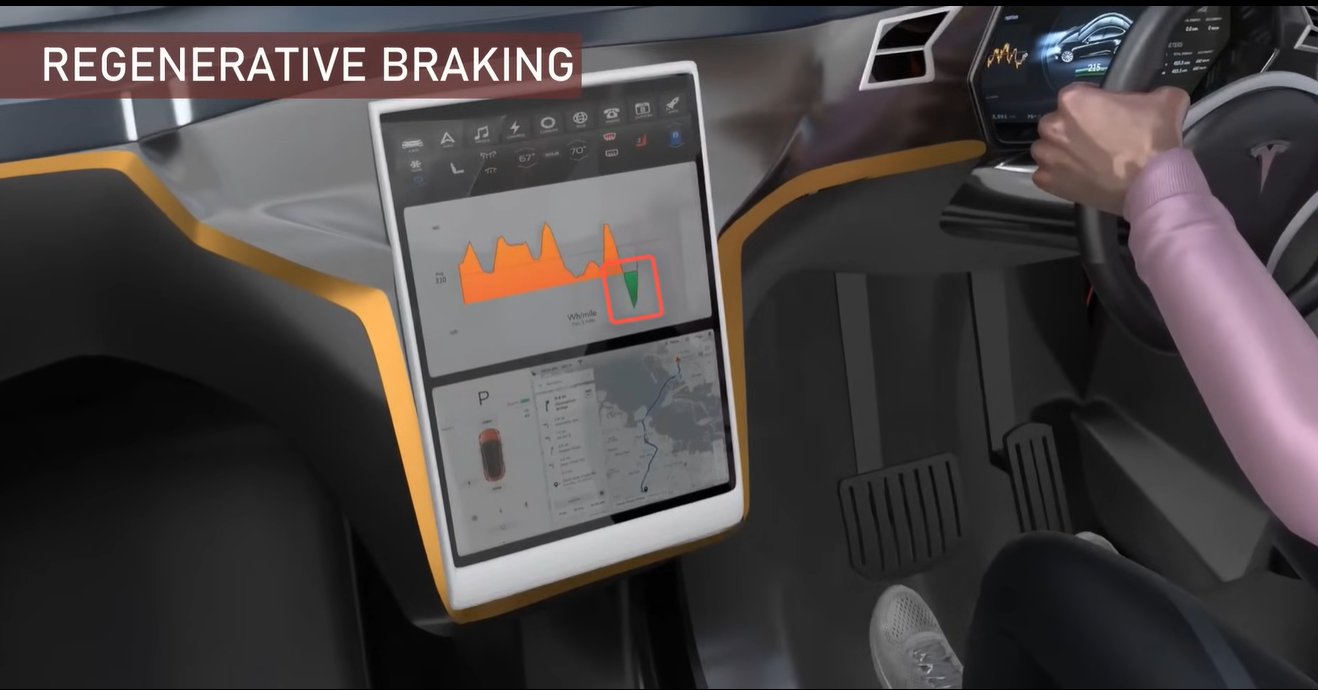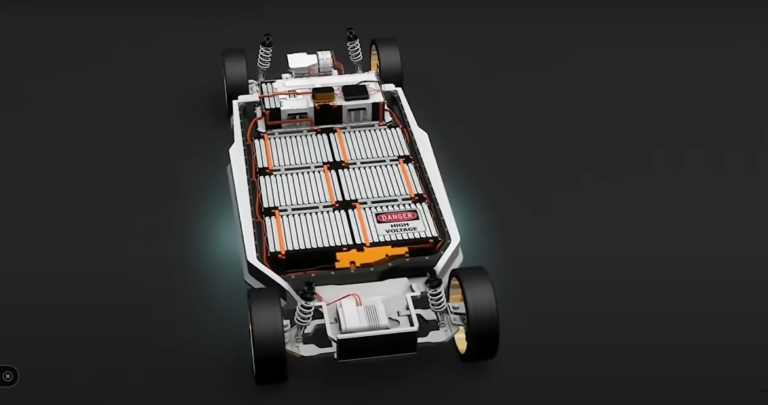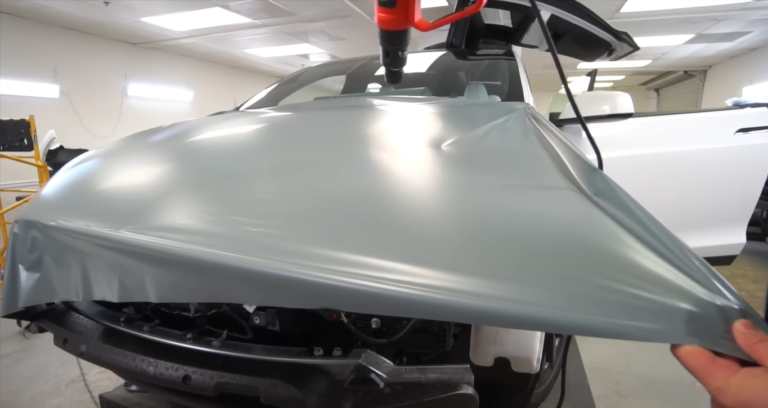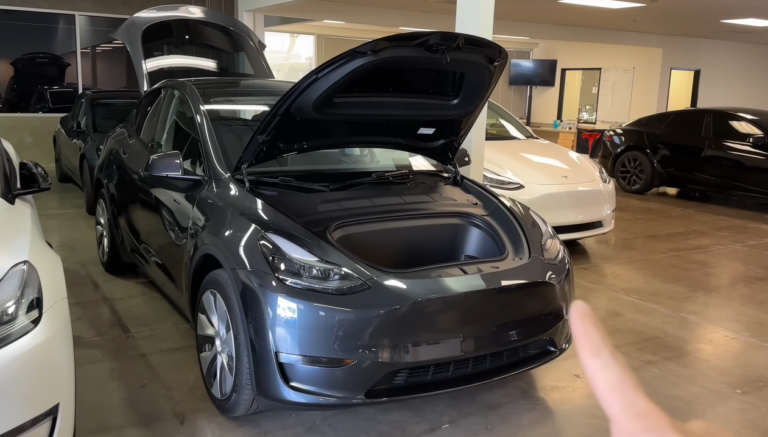Tesla Regenerative Braking : Explained
In the realm of electric vehicles (EVs), few innovations have captured the automotive world’s attention quite like Tesla’s regenerative braking system. This sophisticated technology not only enhances the driving experience but also revolutionizes the way we think about energy efficiency in cars. In this article, we’ll explore how the Tesla regenerative braking system works, its benefits, and why it’s a vital component of the Tesla braking system.
What is Regenerative Braking?
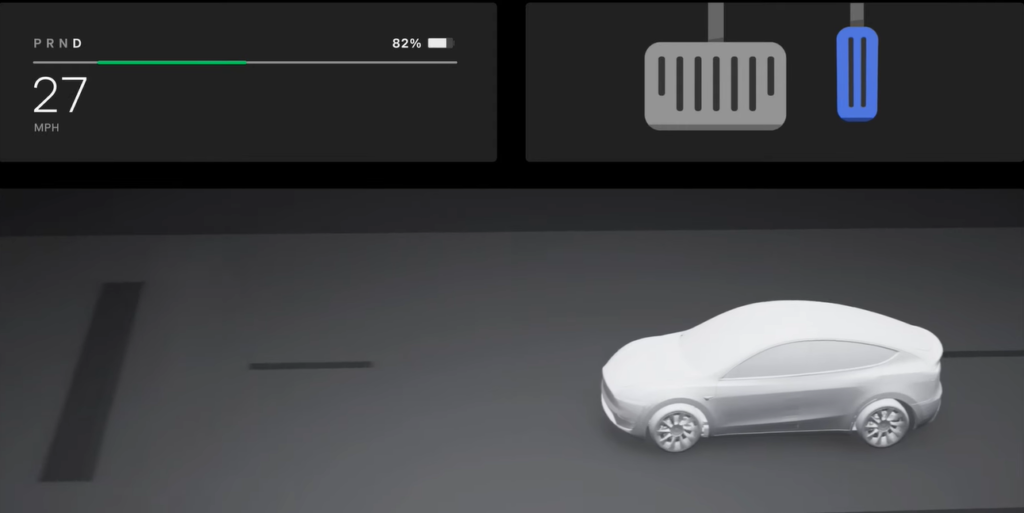
Regenerative braking is a key feature in many electric and hybrid vehicles, particularly in Tesla models. This system works by capturing the kinetic energy that would otherwise be lost during braking and converts it back into electrical energy, which is then stored in the vehicle’s battery pack. This process essentially allows your Tesla to “recharge” while driving.
When you lift your foot off the accelerator pedal, the electric motors that typically drive the vehicle switch roles and act as generators. Instead of consuming energy, they create electricity. This innovative approach not only boosts the vehicle’s efficiency, allowing for longer driving ranges, but it also reduces wear and tear on the traditional braking system.
How Does Tesla’s Regenerative Braking Work?
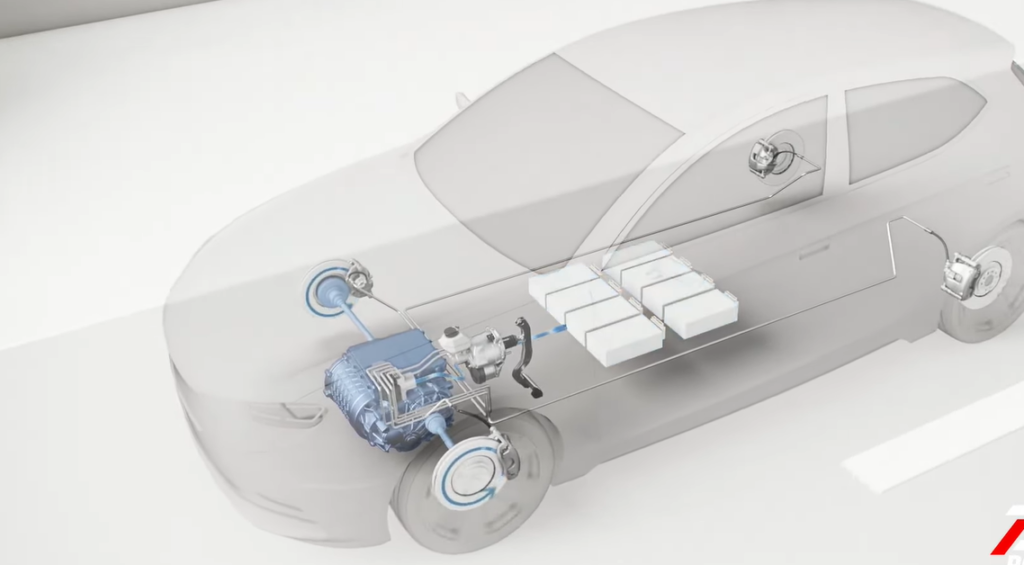
Initially, many drivers may find the sensation of regenerative braking in their Tesla slightly unfamiliar. However, it becomes second nature with a little practice. As you ease off the accelerator, the regenerative braking engages, slowing the car down gently. This feature is particularly useful in city driving, where frequent stops and starts are the norm.
The Tesla braking system seamlessly integrates with traditional brakes, especially at low speeds. When you gently lift your foot off the accelerator, the car begins to slow down primarily through regenerative braking. If your speed drops significantly, traditional brakes will engage to bring the vehicle to a complete stop. This dual system allows for smooth transitions and enhances overall driving comfort.
Benefits of Tesla Regenerative Braking
- Energy Efficiency: One of the most significant advantages of Tesla’s regenerative braking is energy efficiency. By recapturing energy, it allows for a longer range on a single charge. This is particularly crucial for electric vehicle owners who are looking to maximize their driving distance.
- Reduced Brake Wear: Since regenerative braking helps slow down the vehicle using the electric motors, there’s less reliance on traditional brake components. This reduction in wear and tear on brake pads and discs leads to lower maintenance costs over the life of the vehicle.
- Enhanced Control: The ability to control speed simply by modulating the pressure on the accelerator pedal allows for a more intuitive driving experience. Many Tesla owners report that it becomes second nature to manage speed and deceleration without frequently using the brake pedal.
- Environmental Impact: By improving energy efficiency and reducing reliance on traditional brakes, regenerative braking contributes to a more sustainable driving experience. Utilizing energy that would otherwise be wasted helps in minimizing overall energy consumption.
- Smooth Driving Experience: The integration of regenerative braking with the Tesla braking system leads to a smoother and more enjoyable ride. The feeling of deceleration is gradual and controlled, providing drivers with a more comfortable experience, particularly in stop-and-go traffic.
Adjusting to Regenerative Braking
If you’re a new Tesla owner, adjusting to regenerative braking may take some time. Many drivers initially question the system’s functionality, especially if they are transitioning from conventional vehicles. However, with a little practice, the benefits quickly become evident. Here are some tips for getting accustomed to Tesla regenerative braking:
- Practice in a Safe Environment: Try driving in a quiet area where you can practice lifting your foot off the accelerator and feeling how the car responds. This will help you understand the system’s nuances without the pressure of traffic.
- Utilize One-Pedal Driving: Learn to utilize one-pedal driving where possible. As you lift off the accelerator, the Tesla will naturally decelerate, allowing you to stop in many situations without needing to press the brake pedal.
- Adjust Regenerative Braking Settings: Tesla allows drivers to adjust the regenerative braking settings through the vehicle’s interface. Experiment with different levels of regen to find the one that feels most comfortable for your driving style.
How to Maximize Your Tesla’s Range with Regenerative Braking
One of the most appealing aspects of Tesla’s regenerative braking system is its ability to extend the driving range of the vehicle. Here are a few strategies to maximize your Tesla’s range by leveraging regenerative braking:
- Use Eco Driving Techniques: Employing eco-friendly driving habits such as gentle acceleration and gradual deceleration can significantly enhance energy efficiency. By anticipating stops and easing off the accelerator early, you can maximize the benefit of regenerative braking.
- Monitor Your Driving Patterns: Keep an eye on your driving patterns, especially in urban settings. Use regenerative braking to slow down before stopping at traffic lights or intersections rather than relying solely on the brake pedal.
- Plan Your Routes: If possible, plan routes with less stop-and-go traffic or more inclines. Regenerative braking is particularly effective on downhill gradients, where the vehicle can collect and store significant amounts of energy.
- Engage the Range Mode: Tesla vehicles offer different driving modes, including a Range Mode that optimizes energy use. Engaging this mode can further enhance the return from regenerative braking by maximizing battery efficiency.
Common Misconceptions about Regenerative Braking
Despite its many benefits, there are several misconceptions about regenerative braking that can lead to confusion among drivers. Here are a few myths debunked:
- Myth: Regenerative Braking Replaces Traditional Brakes: While regenerative braking significantly reduces dependence on traditional brakes, it does not eliminate the need for them entirely. Drivers still need to use conventional brakes in emergency situations or when rapid deceleration is necessary.
- Myth: Regenerative Braking is the Same in All Electric Vehicles: Not all electric vehicles utilize regenerative braking in the same manner. Tesla’s system is highly advanced and integrates seamlessly with its overall braking system, providing a unique experience compared to other EVs.
- Myth: Regenerative Braking is Only Effective at High Speeds: Regenerative braking is effective at various speeds, including low speeds. It functions optimally in situations where cars frequently reduce speed, such as urban traffic conditions.
- Myth: It Takes Too Long to Stop: Some drivers worry that regenerative braking may not provide sufficient stopping power. However, Tesla’s braking system is designed to deliver immediate response when the brake pedal is pressed, ensuring safety and control.
Conclusion
In conclusion, the Tesla regenerative braking system represents a significant leap forward in automotive technology, promoting energy efficiency while enhancing the driving experience. By capturing kinetic energy during deceleration, Tesla not only increases the vehicle’s range but also contributes to a smoother, more controlled ride.
As you become more accustomed to using regenerative braking, you’ll likely find that it enhances your overall driving experience. Whether you’re driving through city streets or cruising on the highway, Tesla’s approach to regenerative braking showcases how innovation can lead to a more efficient and enjoyable ride.
So, embrace the changes that come with driving a Tesla and enjoy the unique advantages that its regenerative braking system has to offer. Remember, every time you lift off the accelerator, you’re not just slowing down; you’re actively participating in a more sustainable future for transportation.

